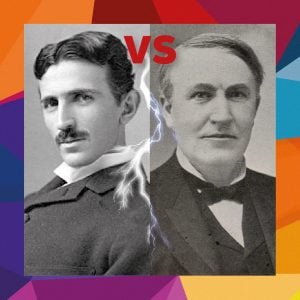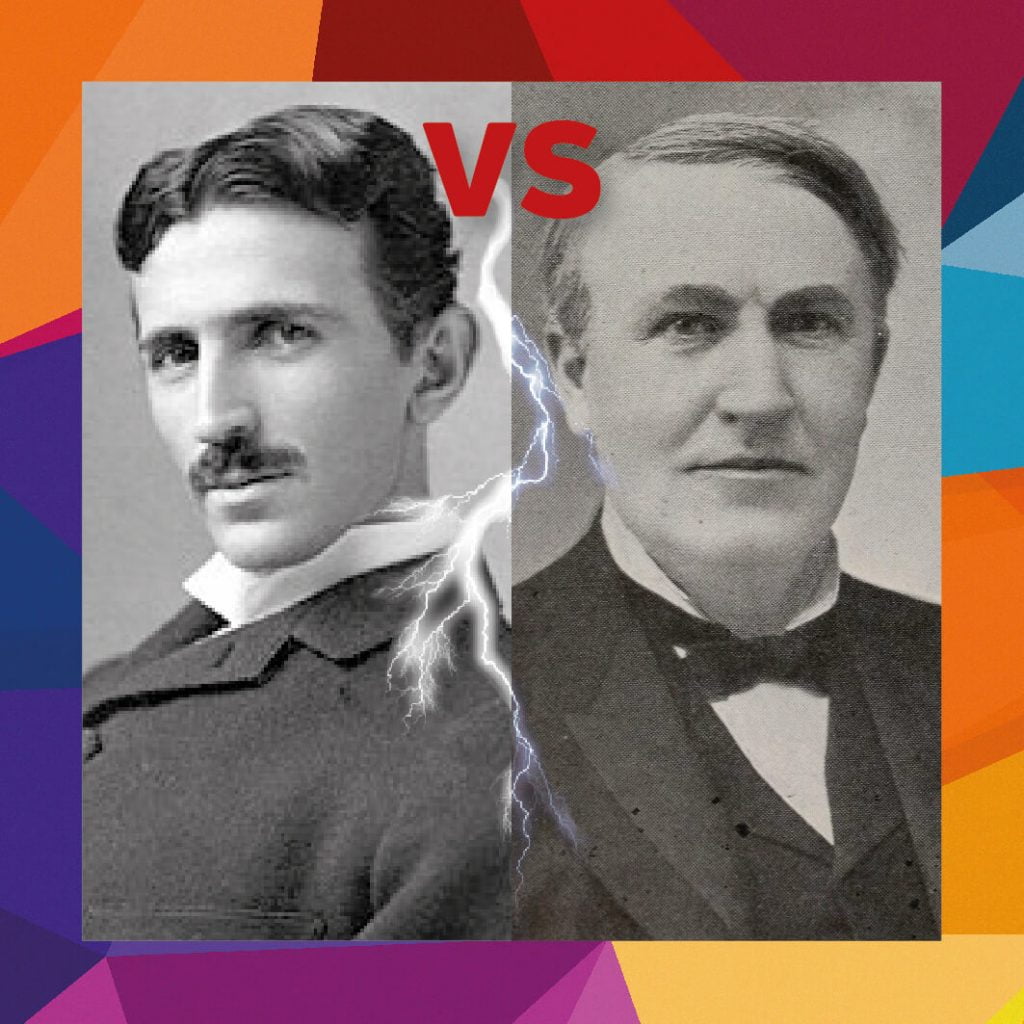
An Experiential Journey from Static to Dynamic Electricity and Electromagnetism
Several thousand years ago, a small child discovers a yellowish stone while playing. The child is so impressed by its color and shine that he runs to show it to everyone. To better highlight the color of the stone, the child rubs it against the fabric of his clothing and places it on a rock for all to see. However, when he brings it closer to the rock, all the dust particles around stick to it. This was the first encounter with static electricity. The stone… was amber, now known for its electrostatic properties.
But how is this unknown, invisible phenomenon of static electricity created? Is it really something invisible, or can we see it in some way?
Can we perhaps trap it in a jar or a container and use it whenever we decide? Does it contain some form of energy, or is it energy itself? Can it be converted into another form of energy?
Answers to these questions were provided by later scientists after many years of painstaking experiments. We then arrive at the era of Edison, who not only managed to store this energy but also convert it into light. On October 21, 1879, Edison’s light bulb worked for a full 13.5 hours. On New Year’s Eve of that same year, Christie Street was illuminated with light bulbs all night long. The miracle had happened.
However, the big question now was different: Could this “electricity” be transported even further? Could it light up all of America? Is dynamic electricity, as it is called, capable of traveling as far as we want?
An assistant of Edison, Nikola Tesla, believes that Edison is wrong. A different type of electricity must be created, one that would have no losses during transmission over long distances. The war of currents had just begun. For many years, the two scientists “quarreled” over who would provide the correct solution. Ultimately, Tesla’s electrical current, now known to all of us as alternating current, prevailed over direct current. Nikola Tesla died alone on January 7, 1943, in a hotel room.
The exciting journey of electricity unfolds through experiential workshops, following the path from the first encounter with static electricity to the modern transmission of electric current hundreds of kilometers away, whether above ground, underground, or underwater.
The program “Skills Workshops _ Electricity” consists of 9 activities, each lasting 45 minutes. In an extension of the experiential workshops, measurement with the microcontroller Micro:bit is introduced, so that children can have their first encounter with the measurement precision needed for modern experiments.
